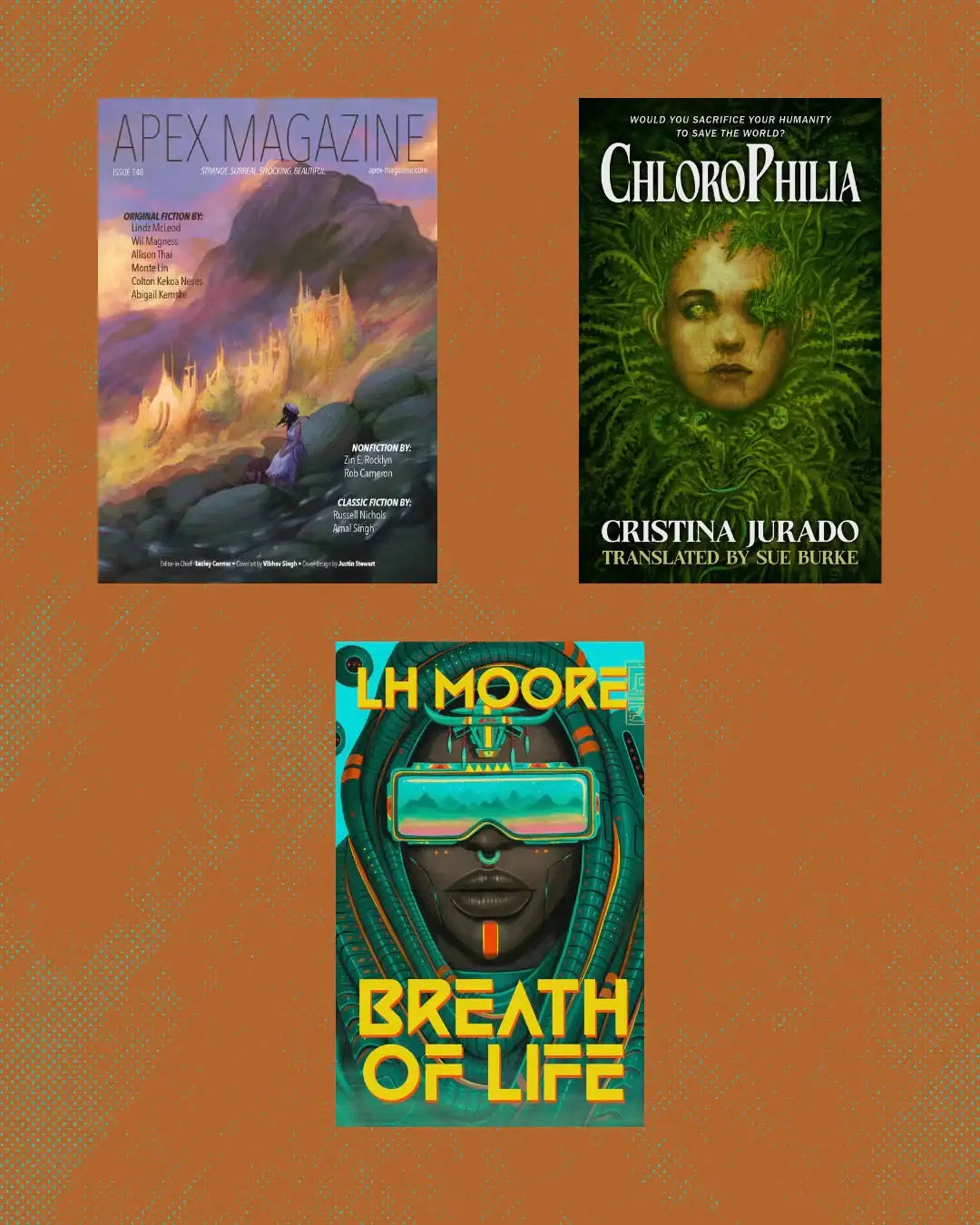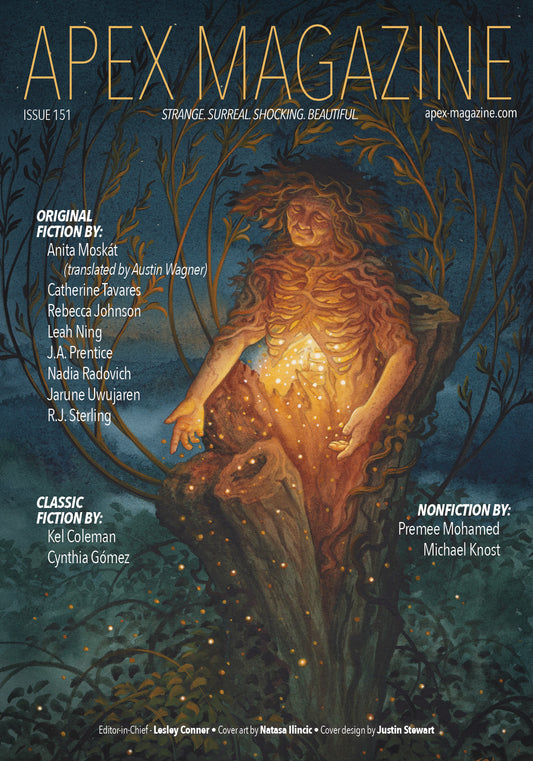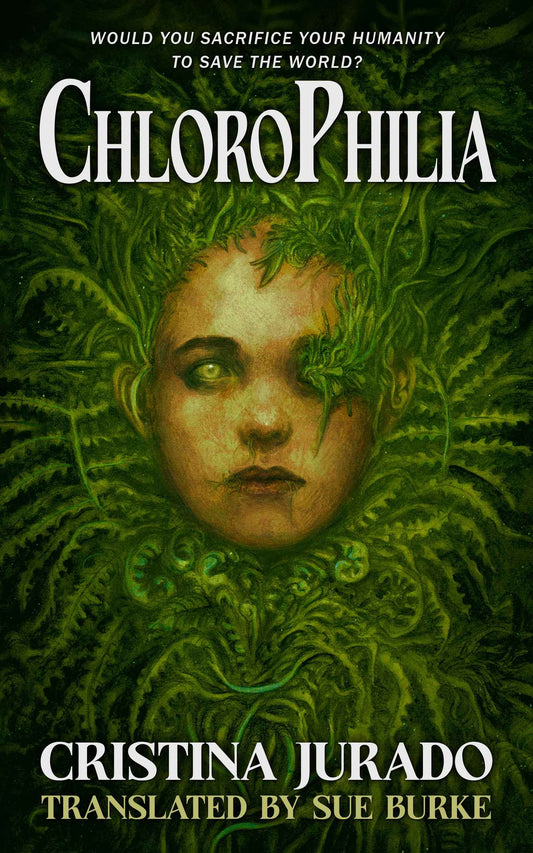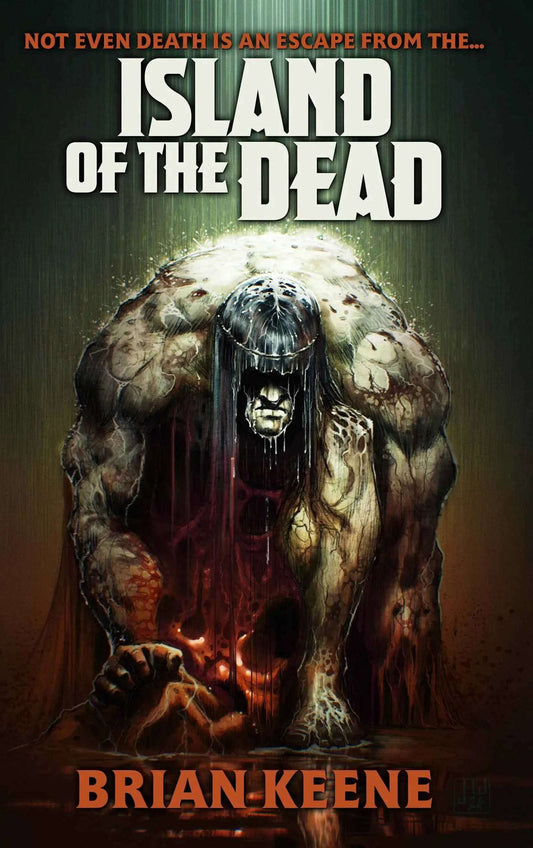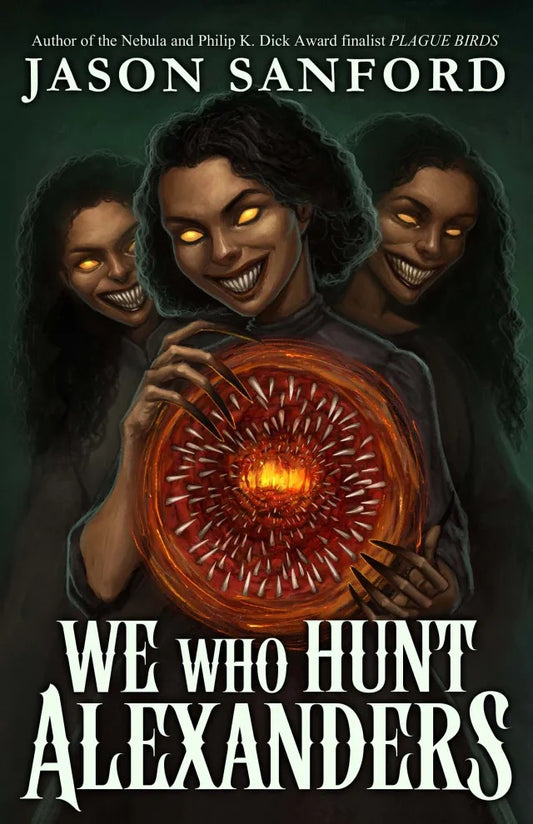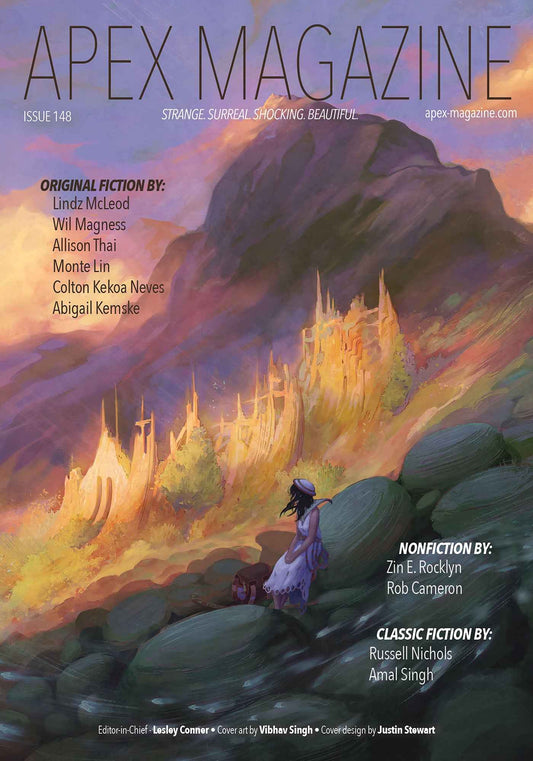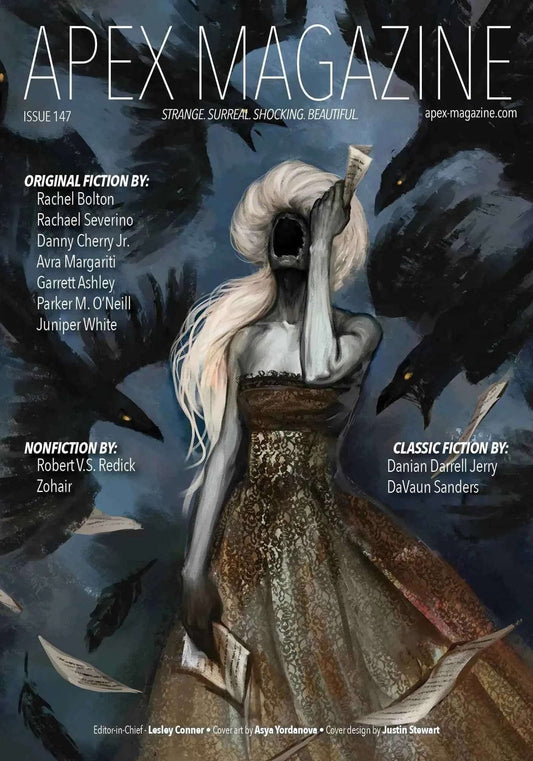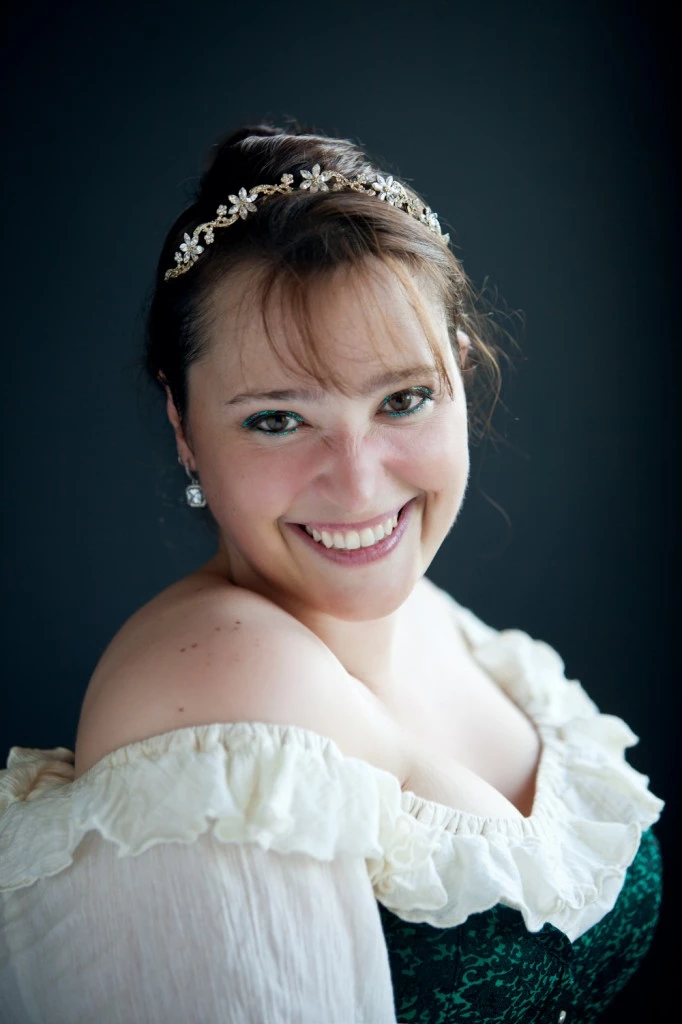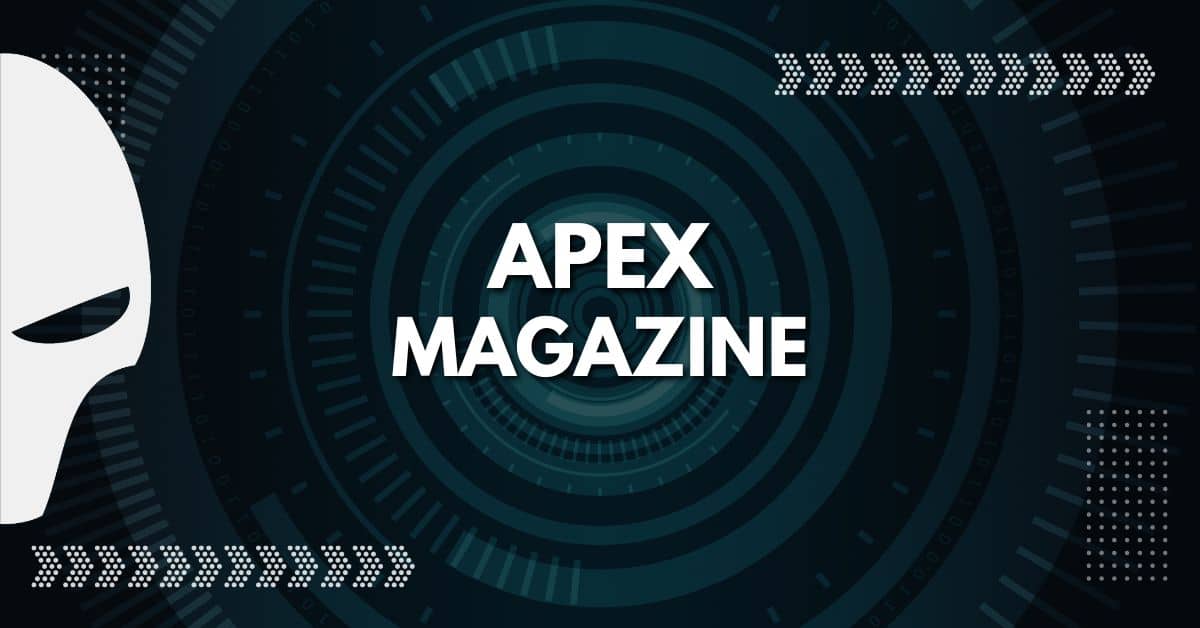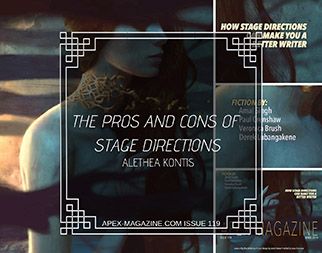
I started acting on stage at seven. My first role was Marcie in We’re
All Stars, Charlie Brown. I don’t remember the audition, but I do remember
my mother’s reaction: something along the lines of “What? My child, with her
nose permanently stuck in books, whose best friend is a tree, is going
to stand up in front of people? AND SING??”
What can I say? My Memere sang in a band until a car accident
ruined her vocal chords and broke her hip, and even then, she sang and danced
all the time at home. Despite my intense level of introversion, performance was
in my genes. Plus, North Spring’s Elementary School’s music teacher—Linda
Hall—was an amazing woman, who did not believe that complicated roles were
beyond a young person’s abilities. So many children wanted to participate,
after Charlie Brown, that each subsequent play had two casts. Double the
plays. Double the rehearsal times. And double the money raised for the
school—because each performance was a smashing success.
Mom believed in me enough to take me to Columbia College and
audition for a role in Showboat. I landed the part of Ravenal’s
daughter, Kim. I only had a few speaking lines, but I got to sit on “my
father’s” knee while he sang a song to me. And I got to be part of a cast,
a real, professional cast, for the first time. Standing backstage, behind those
curtains, was magical. It was so magical that someone approached my mother
after the show’s run and told her I should try out for a role in a miniseries
they were about to start filming for South Carolina Educational Television.
Pass It Along played more than once
on our local PBS affiliate, and streamed regularly on our school’s in-house
educational channel. Every kid in our school saw me on television at some
point. I was eight years old, and I was a star.
That’s also about the same time I got serious about writing.
I tell you all that to tell you this: Acting has always informed
my writing. It’s almost impossible to separate the two. Story Arc. Dialogue.
Motivation.
When every author sits down in front of that blank page, their
wish is usually to write as fast as their fingers will allow. Don’t put too
much thought into it! Get those words on the page, inspired or not, and get to
the end!
What tends to happen when we do this is that we subconsciously
fall back on familiar things. If you grew up on a farm, you may use farming
analogies, even if your main character is an architect. Your brain may stick on
a word—say, “tolerable”—and suddenly there are five “tolerables” in the next
six paragraphs. Seventy-five percent of your characters may have names that
start with A, or names that all contain five letters. Or both!
These things do not matter when you are writing that Zero Draft.
Put them down on the paper and move on! But, if you ever plan on revisiting
that novel, there are some things to look out for.
My personal fallback bugaboo is something I call Stage
Directions.
I am suuuuper good at dialogue—I know this. It’s one of the
talents that makes adventure and comedy so in my wheelhouse. So, when a scene
is going along at a particularly nice clip, I sometimes splash down dialogue
and mindlessly insert generic filler wherever there needs to be a beat. That
filler is, essentially, blocking directions.
If I were the director of the novel as a stage play, this is what
I would tell the actors to do … where I would tell them to go … what expression
I might expect to see on their faces. Raise your arm here. Cross here. Stand
here. Exit stage left.
Reading my zero drafts is a little like listening to someone
explain a movie to a blind person.
In revision, I try to elevate these stage directions to something
more poignant.
The best thing about books is that we have the ability to go into
the minds of our characters. We get to experience what they feel, smell,
taste, what makes them happy, sad, angry, aroused. We learn their opinions and
fears—the whys of their being—and we get to watch how their reactions
affect the outcome of the story. Those moments in between dialogue should not
be completely wasted with a nod or a smile or a shift to the left or a lean
back. If possible, I want to make all the words I write mean something.
The thing is, because I look for these bugaboos in my own work,
now I see it in everyone’s. I hesitate to call it “lazy writing”
because, in a way, it’s like using “said” as a dialogue tag. The reader expects
them, so they end up becoming invisible as the reader goes along.
I guess I just don’t want my writing to be invisible, if I can
help it.
I like to use this really great example from the movie Sliding
Doors. At the end, Gwyneth Paltrow’s rotten boyfriend tells her that he
will do anything for her, anything at all. Calmly, she tells him, “In that
case, I want you to stand up, go to the door, open it, walk through it, and
close it behind you.”
It’s a great line of dialogue. But if that line of dialogue
appeared at the end of a novel littered with people constantly standing,
walking, opening and closing doors, it wouldn’t be half as powerful. I always
try to keep that in mind. If the stage directions can be implied, let them be
implied. Let the actor—or, in this case, your reader’s mind—do the heavy
lifting for you. What they come up with will sometimes surprise you.
That collaboration is the hallmark of all great directors. And
authors.
So—because I know you’re all wondering—here is a list of general stage
directions that I look out for. This is by no means complete. And you should
by no means delete every instance of these directions in your book. But
when you come across them in the revision process, ask yourself: is there
something more important I could say here? You might surprise yourself.
And I know … because I’ve had that surprise. A full scene, where
there was once a throwaway smile. Creating something out of what used to be a
stage direction isn’t just powerful. It’s transcendent!
Sitting
Standing
Any description of posture
Leaning forward/backward
Shoulders (like shrugging)
Turning
Stopping
Walking
Waving hands
Straightening
Looking
Gazing
Staring (“staring into the fire” is one of my personal pet peeves)
Watching
Nodding
Smiling
Blinking
Blushing
Giggling
Opening/closing eyes
Raising eyebrows
Crying/weeping
Running hands through hair
Hands on hips
Straightening skirts (this is something I fell into in the Woodcutter
Sisters series)
Any more you can think of?
